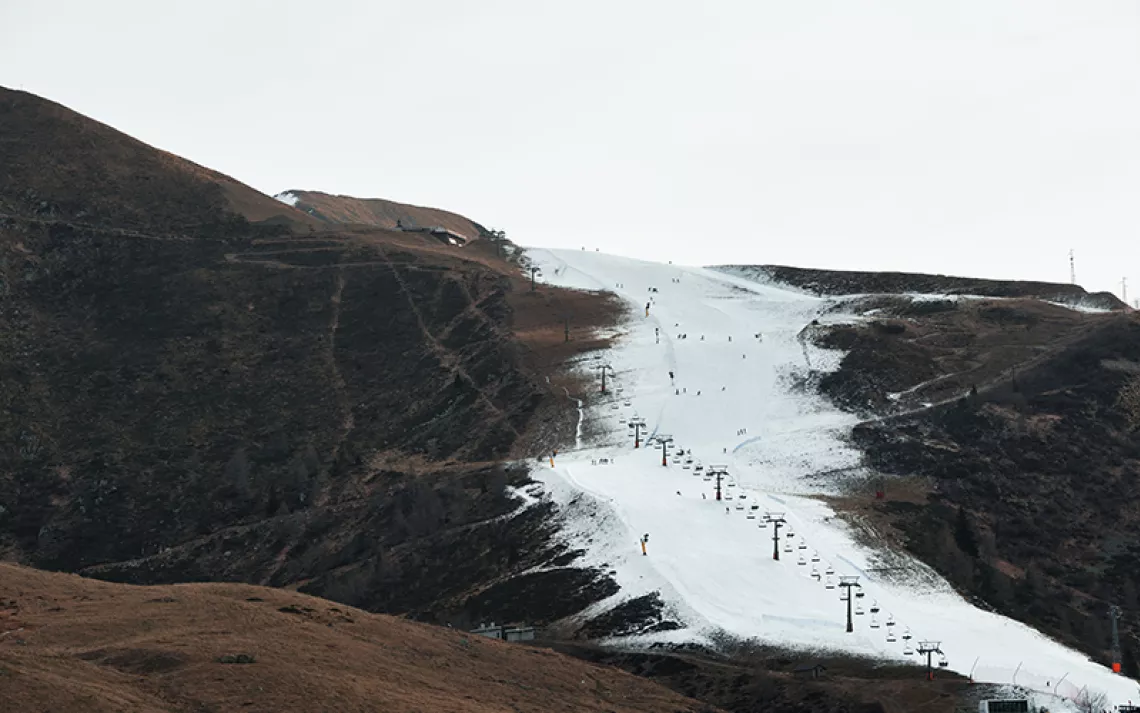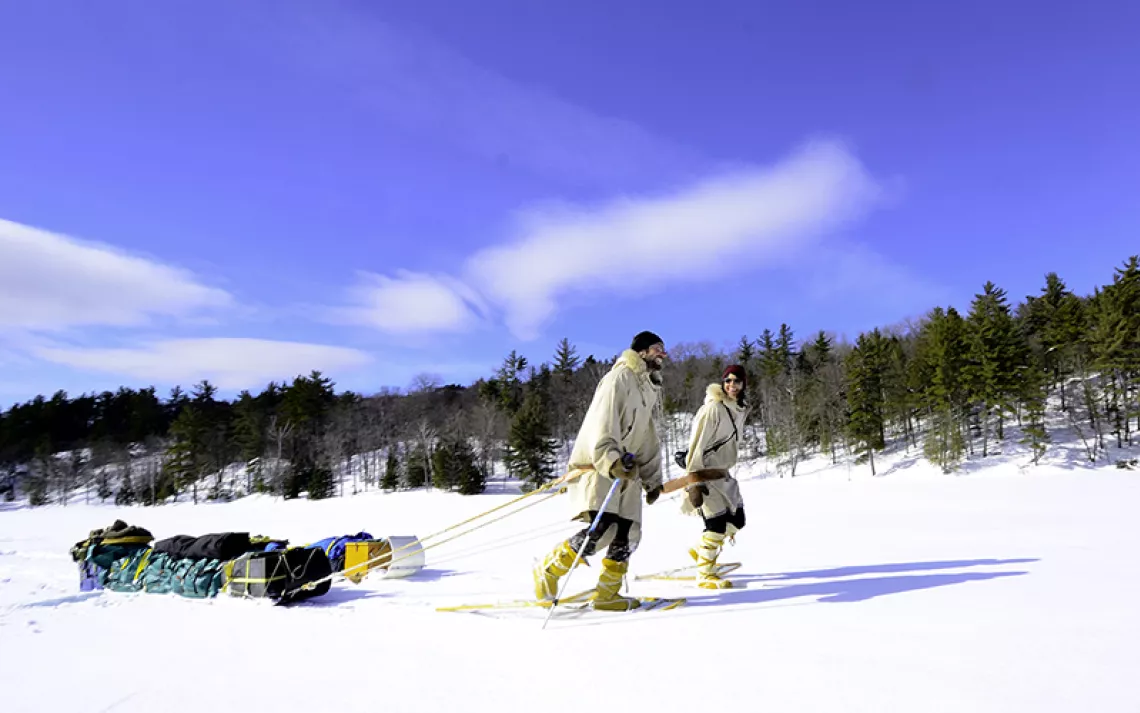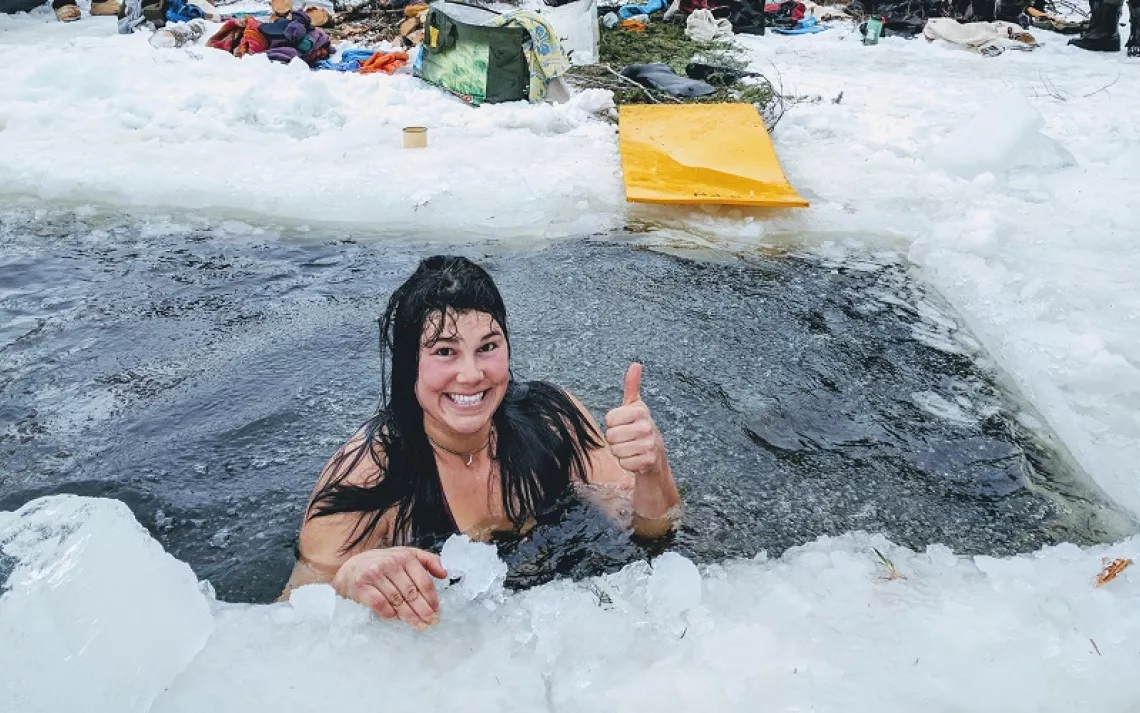Adaptive Sports: Making the Impossible Possible
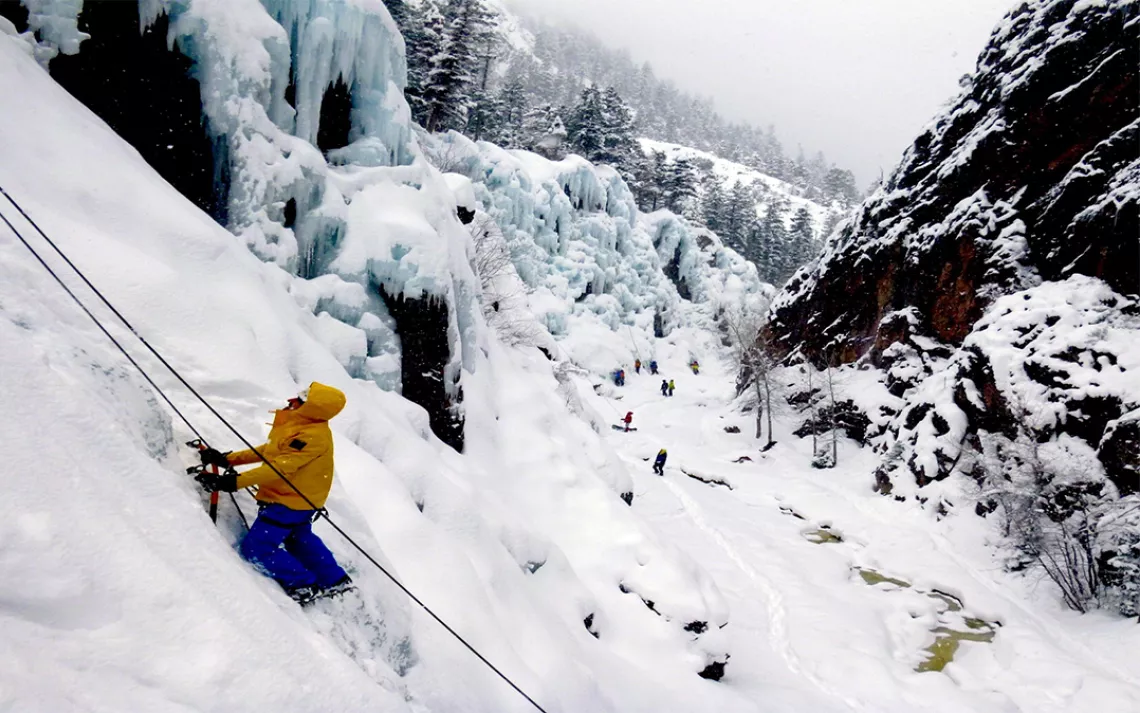
Photos courtesy of ASC
You might think outdoor adventure sports like skiing and kayaking are off limits to people with severe physical disabilities. But a range of adaptive gear and programs, designed to accommodate various physical challenges, can open up worlds of possibility.
People with disabilities are redefining what’s possible. For example, Dani Burt surfs on a prosthetic leg and became the U.S. adaptive surfing champion in June. Stacey Kozel, who has lupus and lost the use of her legs, is hiking the Appalachian Trail this summer with the aid of highly sophisticated leg braces.
For some people, preparing for outdoor adventure sports might be as simple as learning the best way to use a prosthetic limb. For others, equipment made specifically to accommodate certain needs allows them to get out on the trail, water, or slopes.
Here are just a few examples:
* The TrailRider allows people with limited or no leg function to traverse rugged terrain with a chair built to be pulled or pushed on trails.
* Specialized kayak and canoe seats such as the Universal Paddling Seat provide support for people with spinal cord injuries.
* A surf chair fitted to a modified standup paddleboard called the Onit Ability Board allows people who use wheelchairs to SUP.
* For skiing, “sitski” frames are made to fit on uniski and biski equipment.
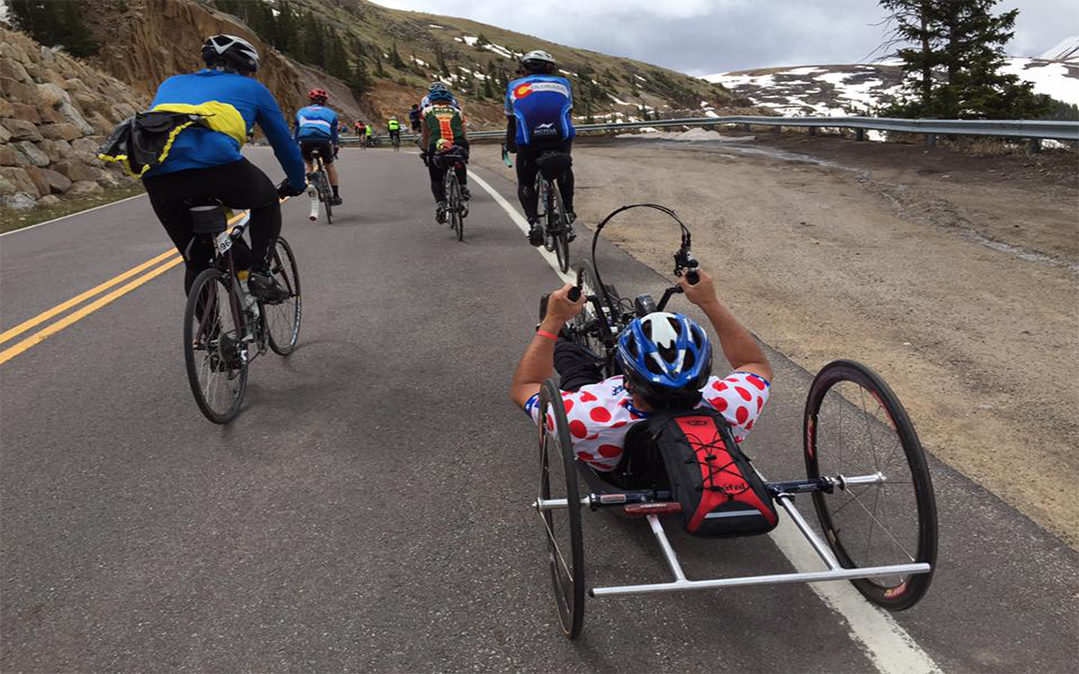
Adaptive Sports Center hand-cyclist John Enrietto breaks the 12,000 foot line during the 2016 Ride the Rockies. Independence Pass, Colorado.
Joe Moore, the founder and executive director of Adaptive Expeditions in Charleston, South Carolina, leads adaptive paddling, sailing, and surfing trips and provides adaptive sports and recreation training at a national level. He explains that while rafting, a below-the-knee amputee might need an anchor point against which to push the residual limb, while a kayaker with a spinal cord injury might need a full lateral support seating system.
Some programs that cater to participants with physical disabilities use a combination of purchased, modified, and homemade solutions, tailored to individual abilities and needs. Moore stresses the importance of adequate preparation and training. “The biggest part is teaching best practices to adaptive sport and recreation practitioners, including establishing rapport with the participant, ensuring safety, and managing risk,” he says.
In water sports, this means ensuring that participants first master basic water safety skills in a swimming pool. “Participants must be able to independently get out and from under a capsized boat or board and roll themselves from face down to face up in the water. All equipment (except for the life jacket) must quickly and easily release during a rollover,” Moore says, adding, “Most of the equipment out there can enable unsafe situations without the right consideration and preparation.”
Beyond letting participants enjoy nature and sport, the benefits extend to their rehabilitation and well-being. “It’s a blast of fresh air that they didn’t know existed, and they surprise themselves with what they can do,” says Christopher Read, program director at the Adaptive Sports Center (ASC) in Crested Butte, Colorado, and a Certified Therapeutic Recreation Specialist.
The ASC offers skiing, snowboarding, ice climbing, rock climbing, paddle sports, and hiking, among other activities, aiming to “transfer ability and knowledge into everyday life,” according to Read. In a recent survey, all respondents said that their participation increased their self-confidence, and 97 percent said it enabled them to be more active in their everyday lives. Read says he’s seen many people become involved in outdoor adventure activities only after being injured—“they become a skier or a climber” without any pre-injury experience.
Outdoor adventure programs for people with physical disabilities are not commonly known, Moore says. In some communities, people who have already been let down by false claims may be skeptical such programs can work at all. “Adaptive-specific programs fill a need but shouldn’t be the end goal,” Moore says. The objective instead should be seamless integration into mainstream programs. He believes practitioners should teach technical outfitting skills and performance training for the sport, and cultivate the skills, experience, and confidence to enable each person to assess the risks for themselves.
Read agrees that fostering independence is important. “The goal of the program is making it so that people don’t need us,” he says.
The cost of the equipment can be prohibitive, however. For example, a modified bike might cost $9,000 (the ASC offers it as a rental). Kozel’s leg braces cost $75,000 each; part of her purpose in hiking the Appalachian Trail is raising awareness of the braces’ usefulness, in hopes that more insurers might cover the cost.
Adaptive sports date back to World War II and its influx of injured veterans. In the early 1980s, they started becoming a “viable form of rehabilitation for people with their new realities” and have gained more recognition through health care, schools, and nonprofits in recent years, Read explains. “There’s been a constant uptick in awareness in the last 10 years.” The U.S. Department of Veterans Affairs offers adaptive sports clinics for injured veterans.
Adaptive outdoor activities are “fundamentally an extension of recreational therapy and also an extension of many clinical rehabilitation programs,” Read points out. The ASC works with rehab centers, and visiting therapists are often surprised at what’s possible.
People with disabilities and their family members might not realize they can all go skiing together, and they might underestimate what the right outfitting and training can do. One ASC participant wrote in a survey, “My injury did not destroy my passion for mountain biking, and coming to Crested Butte and places like it to ride is a soothing balm to the soul.”
 The Magazine of The Sierra Club
The Magazine of The Sierra Club
